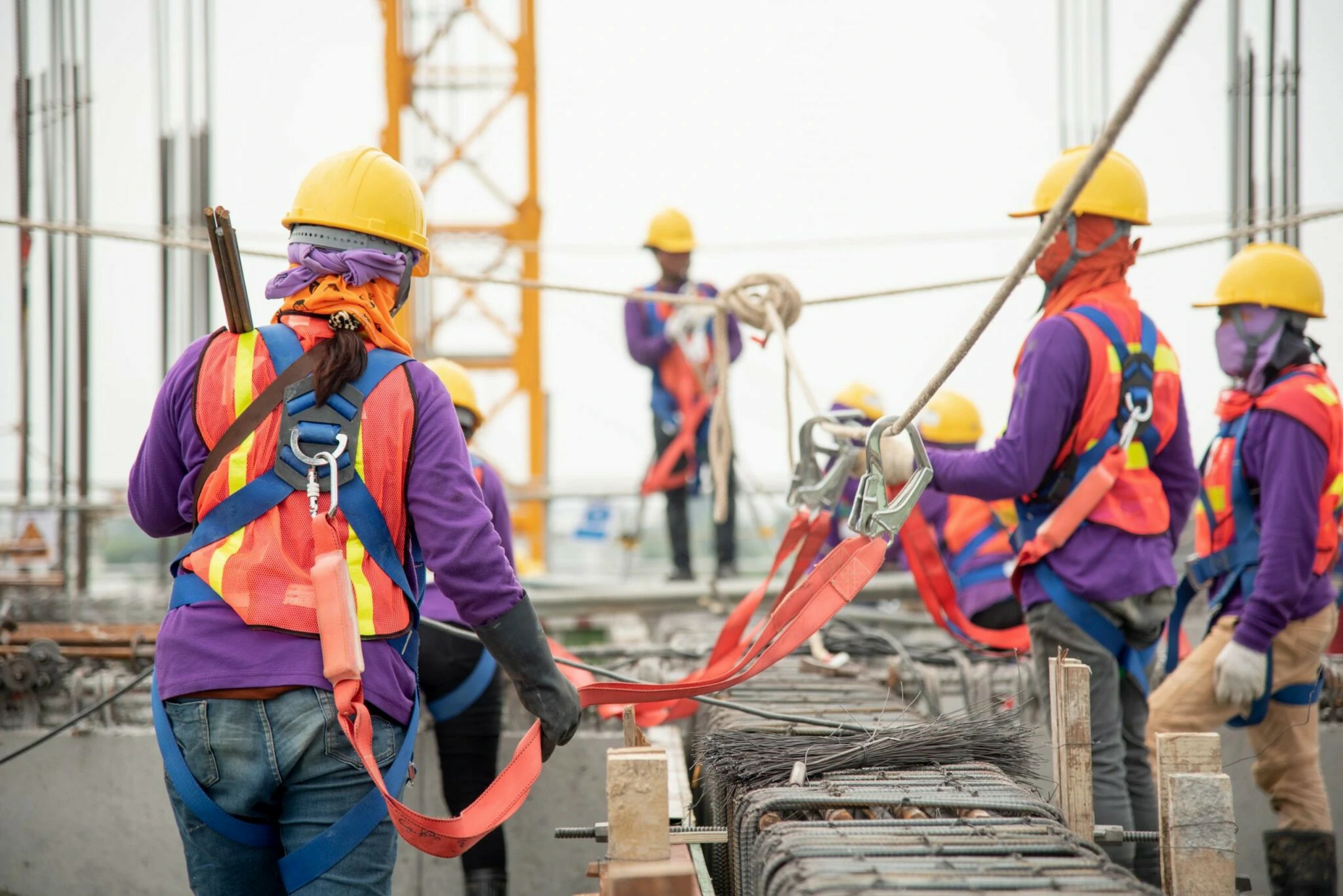


 349,500 Offered Certificates
349,500 Offered Certificates
 24/7 Online Training
24/7 Online Training
 Money Back Guarantee
Money Back Guarantee
 Fully Accredited Courses
Fully Accredited Courses

Created at: 22-02-2025 18:19
Working at heights poses significant risks to employees across various industries, making safety training imperative. Among the numerous components of Working at Heights safety training, emergency rescue planning stands out as a cornerstone for ensuring worker safety. This blog will delve into the importance of emergency rescue planning, providing insights into self-rescue techniques, employer responsibilities, and effective emergency response procedures.
Before delving into emergency rescue planning, it's crucial to acknowledge the inherent risks involved in working at heights. Falls can lead to severe injuries or fatalities, impacting not just the individual but also their families and the entire workforce. Due to these dangers, the need for comprehensive Working at Heights training has never been greater.
Emergency rescue planning is essential in mitigating the risks associated with working at heights. It prepares workers and employers for the unexpected, ensuring that effective measures are in place to respond to emergencies.
Self-rescue is a critical skill for any worker involved in tasks at height. Training should include various self-rescue techniques. Here are some essential skills workers should master:
Employers play a crucial role in enhancing workplace safety and must take proactive steps to ensure workers are prepared for emergencies. Key responsibilities include:
Effective emergency response procedures are critical for handling accidents when they occur. A well-structured approach should include:
Implementing emergency rescue plans has proven effective in saving lives. Consider these examples:
At a busy construction site, a worker fell from scaffolding. Thanks to an established emergency rescue plan, onsite personnel quickly synthesized training into action, securing a rope rescue system, allowing for a rapid recovery of the worker with minimal injury.
During a routine rooftop maintenance task, a technician experienced a fall but was trained in using a descent device. They executed a successful self-rescue, demonstrating the importance of self-rescue training.
In conclusion, emergency rescue planning is a critical aspect of working at heights safety training. By equipping employees with the skills for self-rescue, imposing employer responsibilities, and implementing structured emergency response procedures, the risks associated with working at heights can be reduced significantly.
We encourage all employers and employees involved in Working at Heights to prioritize emergency rescue planning in their training programs. For more information on qualified Working at Heights training courses, including our Working at Heights Course Online, please contact us at [email protected].